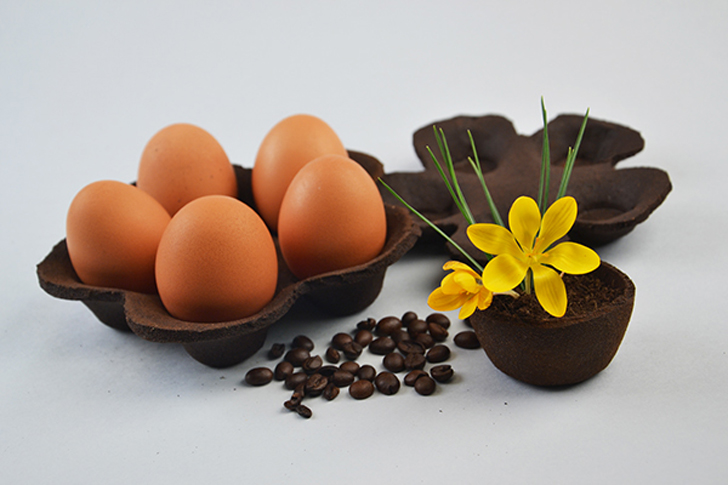3D Printing
3D printing is great, but it does have its downsides. Take a look at this article for example, it gives some idea of possible applications and uses for the technology.My colleague Christopher wrote that one, and it is a joy to see some young and optimistic blood writing about technology. As an old pessimistic dog however, I cannot overcome my cynical streak. Check out this article that I wrote about possible negative effects upon health related to 3D printing.
Anyway, on a blog with the grandeur of this one there is room for everything, and today I am going to dive into the abyss of optimism!
Now when we think of 3D printing we often think of small plastic models, and we all know that plastic is a problem for the world. It is cheap, does not degrade, you cannot get rid of it, it washes into plastic floating islands and it’s made from oil. But 3D printing offers much more than plastic models today.
Alternative Materials
A Dutch design company plans to use special robots to 3D-print a steel bridge across the Amsterdam Canal. A company called MX3D, which specializes in using robotics to 3D print, and Dutch designer Joris Laaram are behind the project. You see these kids can print with metal, as can the people who supply parts for Boeing, and use is far more common that we might imagine.
But MX3D go one better. They can print metals in position, so not in a lab or workshop but wherever they want, outside, in the open air, or over a canal. So they have robots that can build a bridge on site using 3D printing technology, as they sit on the half constructed bridge.
But that is not the end of it, of course. Printers can also use recycled products to produce artifacts. Plastic is a simple idea, but what about other materials? What about food waste? Well obviously you can.
Food Waste
Italy-based designer Marina Ceccolini is doing some experimenting in the field. Inspired by the rigidness of a dehydrated tangerine peel, the designer began creating her own potential 3D printing material called AgriDust. Ceccolini’s AgriDust is made from foods found in her local landfill: everything from coffee grounds to peanut shells, orange and lemon peels, tomato skins, and bean pods. Held together with potato starch Ceccolini believes that using a paste extruder, the material could be 3D printed into new objects. The 64.5% waste/35.5% binder composition could, the designer proposes, limit the plastic waste generated by 3D printers.
Now Check out this article, it describes everything and includes an interview with the designer.
One thing that comes to mind however is the problem of allergies. Can you make something that contains nuts? I doubt it. But the idea sounds really promising to me. And I certainly look forward to watching the bridge go up, it’s just down the road (or canal) from here.
